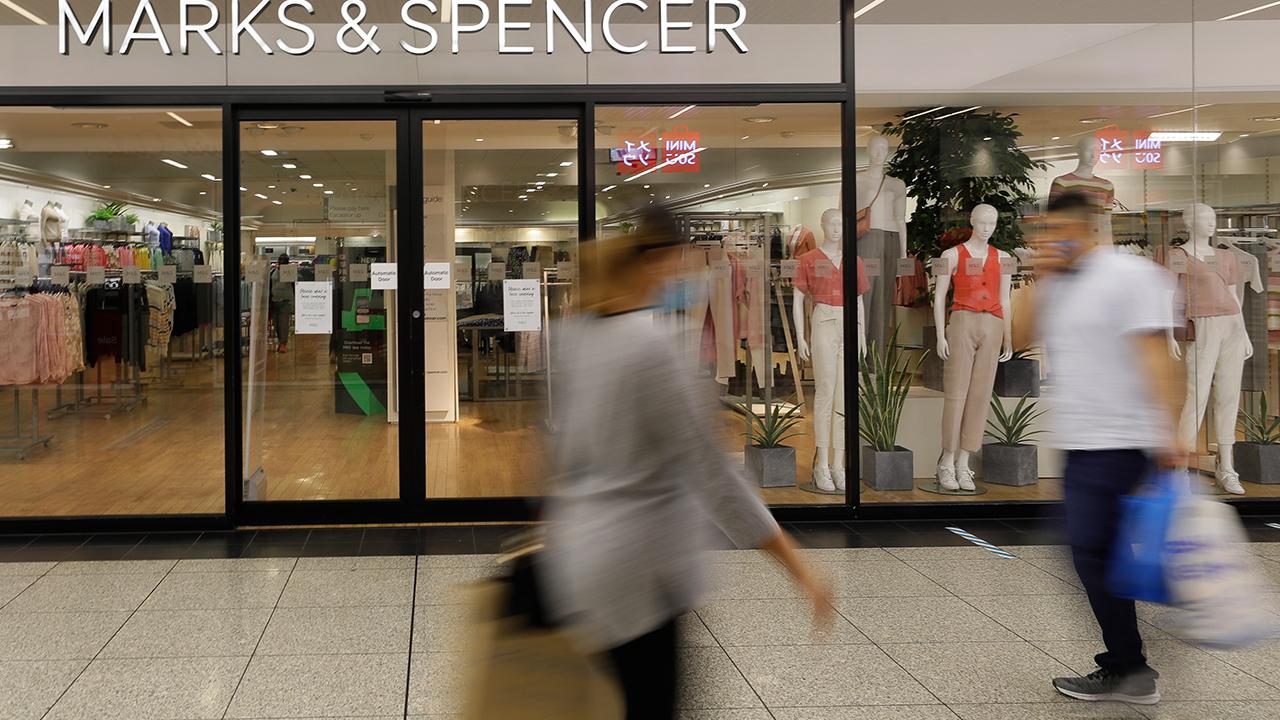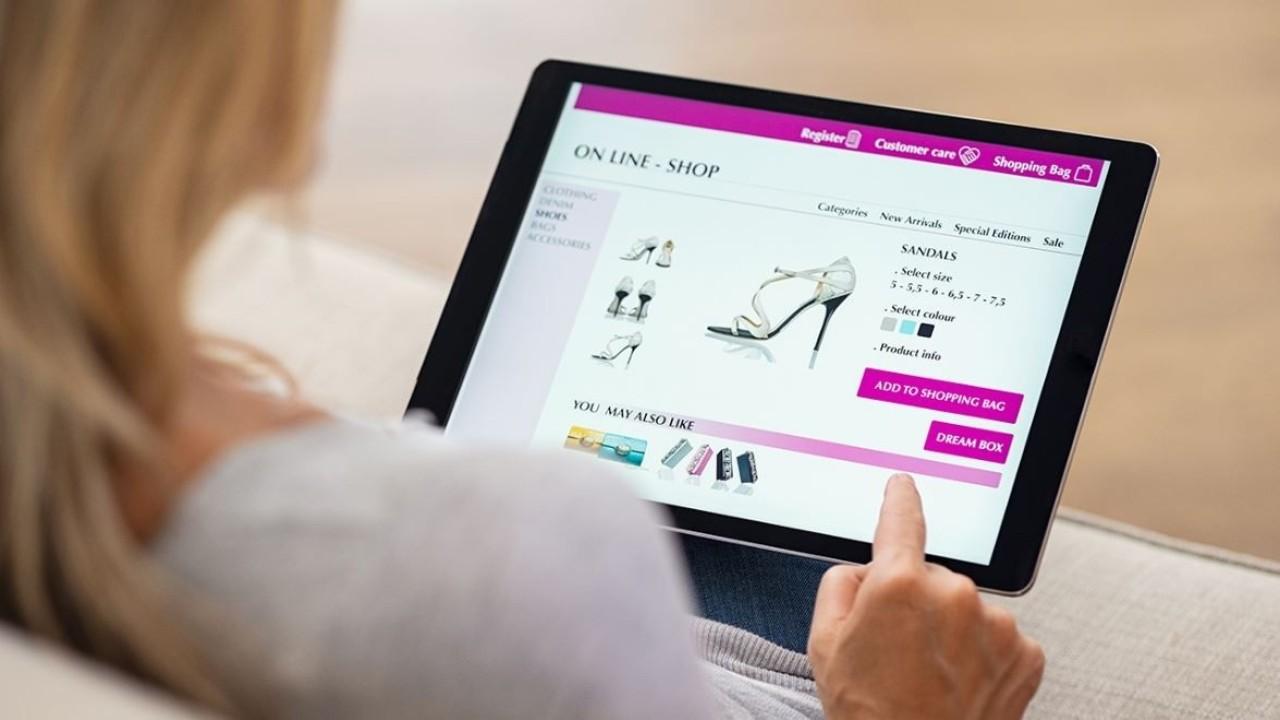Coronavirus binge-shopping helps big-box retailers leave rivals in the dust
Retail earnings reports show stark contrast in consumer spending habits, highlight income inequality
The divide between big-box stores and the rest of the retail industry is increasingly widening as consumer spending habits change because of the COVID-19 pandemic.
As reported in The Washington Post on Wednesday, quarterly earnings released this week by major retailers revealed consumers are spending less on food and essentials and more on furniture, electronics and other big-ticket items.
TARGET SALES GROWTH HITS RECORD AS SAME-DAY SERVICE FUELS ONLINE SHOPPING FRENZY
Minneapolis-based retailer Target Corp. reported second-quarter profit rose by about 80% year-over-year to $1.69 billion and revenue increased 25%.
Arkansas' Walmart Inc., the nation's largest retailer, also reported blowout earnings, with profit spiking 79% to $6.48 billion and total revenue up 5.4%.
Both companies were driven by a surge in online orders, fueled partly by an increase in home sales as some Americans relocate during the pandemic. Profits for building-supply chains such as Lowe's and Home Depot rose 74% and 25%, respectively.
Lowe's beat all four retail companies with a 30% increase in revenue, whereas Home Depot saw a 23% jump.

Shoppers wear protective masks inside a Target Corp. store in New York on Saturday, Aug. 15, 2020. (Jeenah Moon/Bloomberg via Getty Images)
The gains have been far from universal, however, with the midpriced department store chain Kohl’s reporting revenue fell just over 23% from a year ago to $3.41 billion.
| Ticker | Security | Last | Change | Change % |
|---|---|---|---|---|
| TGT | TARGET CORP. | 105.67 | -0.36 | -0.34% |
| WMT | WALMART INC. | 118.07 | -1.29 | -1.08% |
| HD | THE HOME DEPOT INC. | 382.12 | -2.45 | -0.64% |
| LOW | LOWE'S COMPANIES INC. | 276.65 | -0.39 | -0.14% |
| KSS | KOHL'S CORP. | 17.97 | +0.06 | +0.33% |
The mixed performances reflect a steep recession during the coronavirus pandemic that has highlighted the nation's growing class divide.
While millions of Americans are relying on unemployment benefits and stimulus checks to get by, others are working from home and have the ability to splurge on leisure products.
Remarkably, the S&P 500 rose 0.2% to 3,389.78 on Tuesday, eclipsing its previous Feb. 19 high to finish at the highest closing level on record.
Yet, the one constant this year -- even as numbers bounce back -- is economic uncertainty.
Senate lawmakers have begun a break that lasts until Labor Day without reaching a bipartisan agreement on another stimulus package -- leaving many Americans in the lurch.
But spending habits indicate some can hold on longer than others.
As The Washington Post noted, when shoppers spend on clothing, they're buying at opposite ends of the industry spectrum.
Target Corp. executives said Wednesday that a rebound in clothing sales helped lift its sales growth to record levels, and Walmart said that federal stimulus money made a notable contribution to revenue during the most recent quarter.
Whether retailers are able to sustain that growth will depend partially on consumers' available disposable income and how they use it.
CLICK HERE TO READ MORE ON FOX BUSINESS
S&P noted that 424 companies with rated debt had filed for bankruptcy over the year through August 9 — the fastest pace for filings in a decade. Retailers Neiman Marcus, J. Crew and J.C. Penney have all sought bankruptcy protection since January.





















